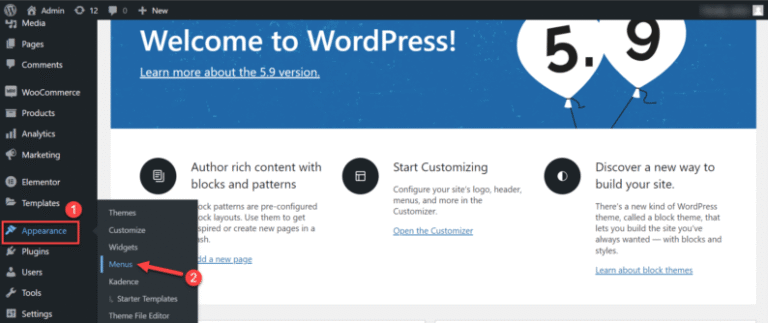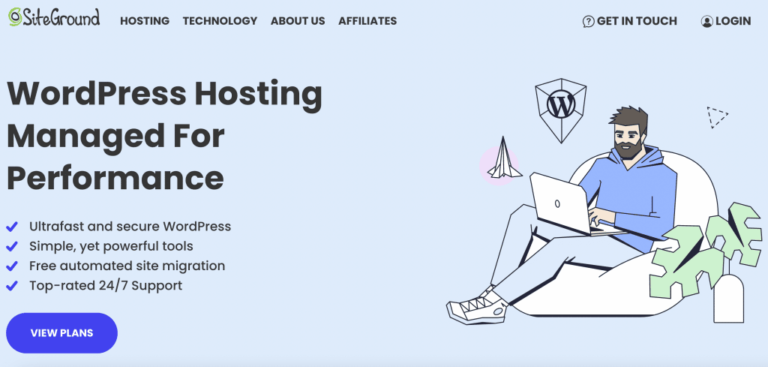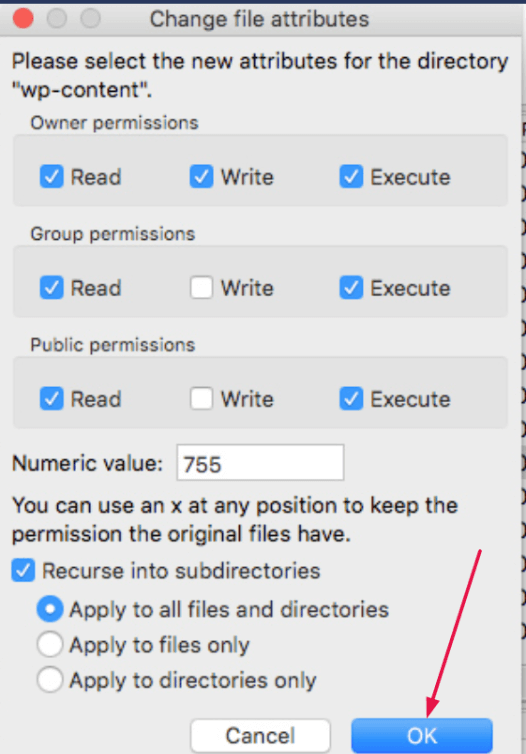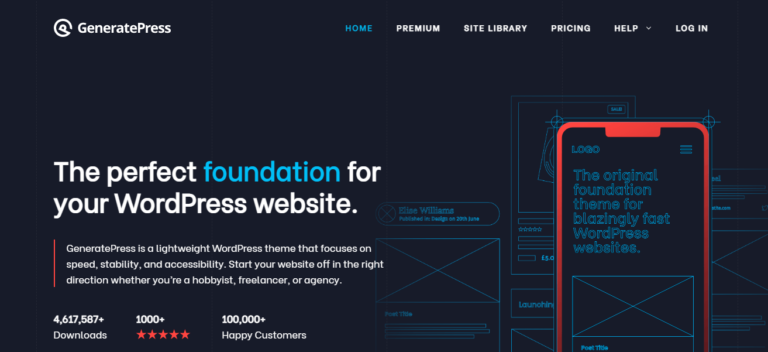Looking to enhance your WordPress development skills?
In this comprehensive guide, we dive into WordPress Multisite development with PHP.
From setting up a WordPress network to efficiently managing multiple websites, we cover everything you need to know.
Explore advanced development techniques, best practices, and customization options to elevate your WordPress projects.
Get ready to expand your knowledge and enhance your WordPress Multisite development skills with this in-depth article.
Key Takeaways:
Introduction to WordPress Multisite Development with PHP
Welcome to the comprehensive guide on WordPress Multisite development using PHP. This article will cover various aspects of setting up and managing a WordPress Multisite network, along with advanced development techniques and resources to enhance your multisite projects.
WordPress Multisite is a powerful feature of WordPress that allows you to create a network of websites under a single installation. With WordPress Multisite, you can efficiently manage multiple sites, plugins, and themes from one central dashboard, making it a great solution for managing multiple websites.
Understanding how to set up and configure a WordPress Multisite network is essential for web developers and site administrators looking to efficiently manage several websites at once. Diving into advanced development techniques with PHP will allow you to customize and extend the functionality of your Multisite network to suit your specific needs.
Overview and Benefits of WordPress Multisite
WordPress Multisite offers a powerful solution for managing multiple websites under a single network, providing centralized control and streamlined maintenance for site administrators.
One of the key advantages of utilizing WordPress Multisite is the ability to update plugins, themes, and core installations for all sites simultaneously, saving significant time and effort. Network administrators can easily oversee user access, assign roles across different sites, and enforce uniform branding guidelines, ensuring consistent user experience.
This centralized approach simplifies backups, security measures, and software updates, enhancing network functionality and efficiency. The scalability of WordPress Multisite enables organizations to expand their online presence effortlessly while maintaining a cohesive and cohesive management structure.
Setting Up WordPress Multisite
Setting up a WordPress Multisite network involves a series of steps to configure the installation, define network settings, and establish the foundation for hosting multiple sites within a unified structure.
Once you have installed WordPress, the initial step is to enable the Multisite feature by editing the wp-config.php file or using a plugin. This crucial step unlocks the functionality needed for managing multiple sites.
Following this, you will need to update the .htaccess and wp-config.php files to complete the activation process. WordPress Multisite allows for centralized management of themes, plugins, and users across all network sites, streamlining the administrative tasks.
Configuring the network settings, such as the domain structure and subdomain or subdirectory preference, is essential to define the hierarchy of the network. This step ensures a seamless navigation experience for both site owners and visitors.
Requirements and Configuration
Before installing WordPress Multisite, ensure that your hosting environment meets the necessary requirements for network configuration, including server settings, domain mapping options, and FTP access for managing site files.
When setting up a WordPress Multisite network, it’s crucial to have a reliable web hosting provider that supports domain-based virtual hosting, wildcard DNS, and suitable server resources to handle multiple sites efficiently.
Make sure your server settings allow for the creation of subdomains or subdirectories as per your network structure choice. Proper domain mapping options are essential for seamless mapping of custom domains to individual network sites, enhancing the branding and user experience.
Installing the WordPress Network
The installation process for a WordPress Multisite network involves activating the network feature in the WordPress dashboard, configuring network settings, and enabling the creation of new sites within the network.
Once you have activated the network feature, you will gain access to the ‘Network Admin’ panel, where you can fine-tune settings to fit your specific requirements. Navigate to the ‘Settings’ section within the Network Admin to adjust important configurations such as registration options, site visibility, and user permissions.
With network settings in place, you can then proceed to manage site creation. Through the ‘Sites’ menu, you can add new sites, assign administrators, and control various features for each individual site within your WordPress Multisite network.
Code Modifications for Multisite
Customizing WordPress Multisite functionality often involves making code modifications to enhance specific features, integrate custom functions, or extend plugin capabilities within the network environment.
When embarking on code modifications on a WordPress Multisite setup, it’s crucial to have a clear understanding of how functions and plugins interact within the system. By carefully tailoring the code, users can add unique functionalities that align with their specific requirements.
Integrating custom functions allows for a more personalized user experience across the network, while enhancing plugin capabilities can address any gaps in existing features. Theme enhancements further refine the user interface and overall aesthetics of the website, creating a cohesive and professional appearance.
Managing WordPress Multisite
Efficiently managing a WordPress Multisite network requires adept handling of network administration tasks, user management, site configurations, and plugin/theme installations across the entire network.
Network administration in a WordPress Multisite setup involves overseeing the global settings that impact all sites within the network. This includes managing plugins, themes, updates, and user permissions centrally to ensure consistency and security.
User management is crucial for assigning different roles and permissions to users across various sites. Understanding the hierarchy of roles such as Super Admin, Administrator, Editor, Author, Contributor, and Subscriber is essential for effective control and delegation of tasks.
Site configurations play a vital role in maintaining a cohesive network structure. It involves setting up default themes, managing site URLs, enabling/disabling features, and configuring domain mapping for individual sites.
Plugin and theme management require a keen understanding of compatibility issues, updates, and performance optimization for the entire network. Monitoring and updating plugins/themes network-wide help in ensuring functionality and security across all sites.
Network Administration and Settings
Network administration in WordPress Multisite encompasses tasks like user management, site creation, network settings configuration, and global plugin/theme activation for seamless control and coordination.
One crucial aspect of network administration is the ability to oversee user management efficiently. This includes creating, deleting, and managing user accounts across the network.
Network administrators are tasked with ensuring that the right permissions are granted to users for smooth operations.
Site creation is another essential responsibility, where new sites are added to the network, each with its distinct domain or subdomain.
Managing network settings involves configuring various parameters such as site registration, upload limits, and privacy settings globally.
Global activation of plugins and themes allows administrators to control which resources are available network-wide, streamlining maintenance and updates.
Adding New Websites
Expanding your WordPress Multisite network involves adding new websites through the Network Admin interface, configuring site details, choosing site URLs, and assigning user roles for site administrators.
When you navigate to the Network Admin dashboard, you can easily access the ‘Sites’ section to initiate the process of adding a new website to your Multisite network. Here, you have the option to fill in essential site details like site title, language settings, and administrative email.
Ensuring proper URL configurations is crucial to avoid conflicts and maintain a structured network. You can decide whether to use subdomains or subdirectories for your site URLs, providing a unique address for each site in the network. After setting up the site, you can assign user roles such as Super Admin, Administrator, Editor, Author, or Contributor based on the responsibilities and permissions needed for each site.
Plugins and Themes Installation
Installing plugins and themes across a WordPress Multisite network involves activating network-wide plugins, uploading theme files to the network, and managing plugin/theme settings centrally for all sites.
In terms of network-wide activation of plugins, you can ensure consistency in functionality and features across all websites within your WordPress Multisite setup. By enabling the plugins at the network level, you eliminate the need to activate them individually on each site, saving time and streamlining the process.
For theme uploads, the process is equally straightforward. Simply access the Network Admin dashboard, navigate to the Themes section, and upload the theme files just like you would on a single WordPress installation. This way, all your sites can access and activate the uploaded theme seamlessly.
Centralizing the management of plugin and theme settings allows for efficient control and customization. Through the Network Admin interface, you can configure global settings that apply universally, ensuring a cohesive user experience throughout your Multisite network.
Advanced Development in WordPress Multisite
Delve into the realm of advanced WordPress Multisite development by exploring sophisticated techniques to enhance network functionality, optimize performance, and implement custom solutions tailored to your multisite projects.
Maximizing the efficiency of your WordPress Multisite setup involves a strategic combination of performance tuning and custom developments.
- Utilizing advanced techniques like content delivery network integration, database optimization, and code minification can significantly boost the loading speed of your sites within the network.
- Implementing custom solutions such as user role management customizations, global content sharing mechanisms, and network-wide theme and plugin management can streamline the overall management of your Multisite setup.
Using MultilingualPress 4
Employing MultilingualPress 4 in your WordPress Multisite network enables seamless multilingual functionality, allowing for the creation of language-specific sites, content translations, and language switcher options.
With MultilingualPress 4, you can effortlessly manage multiple language versions of your site within a single WordPress installation. Each language can have its customized site, including unique URLs, menus, and widgets, ensuring a tailored experience for users in different regions.
The built-in translation interface simplifies the process of translating content, providing a user-friendly environment for creating and managing translations directly within the WordPress dashboard.
The language switcher tools allow visitors to easily navigate between different language versions, enhancing user experience and accessibility across your multilingual website.
Documentation and Q&A
Comprehensive documentation and Q&A resources provide valuable insights and support for navigating WordPress Multisite development challenges, troubleshooting network issues, and exploring innovative solutions for multifaceted projects.
Having access to a wealth of documentation not only helps in understanding the intricacies of WordPress Multisite but also aids in optimizing network performance and ensuring scalability across different domains. Q&A resources play a crucial role in addressing specific queries, offering quick solutions, and fostering a collaborative community spirit among developers and administrators.
Development Techniques for WordPress Multisite
Master the art of development techniques for WordPress Multisite by implementing best practices, customization methods, and innovative solutions to elevate the functionality and user experience of your multisite network.
When diving into WordPress Multisite, it’s crucial to establish a solid foundation by structuring your network efficiently. Utilize subdomains or subdirectories strategically to organize your content and cater to specific audiences. Implement user roles and permissions diligently to maintain control over various sites within your network. Utilize custom themes and plugins to tailor the appearance and functionality of individual sites, creating a cohesive yet diverse user experience across your multisite.
Best Practices and Customization
Implementing best practices and customization techniques in WordPress Multisite involves optimizing theme compatibility, streamlining plugin integrations, and adhering to coding standards for a robust and tailored network environment.
In terms of theme optimization, it’s crucial to select themes that are designed to work seamlessly across multiple sites, ensuring a consistent user experience. Thorough testing and customization of themes can further enhance the visual appeal and functionality of each site within the network, contributing to overall user engagement.
Integrating plugins in a WordPress Multisite setup requires careful consideration of compatibility and functionality. Prioritize lightweight and efficient plugins that cater to the specific needs of each site while avoiding unnecessary bloat. Regularly updating and monitoring plugins can help maintain network security and performance.
Adhering to coding standards such as using proper naming conventions, structuring code logically, and implementing security best practices is essential for a stable and secure Multisite environment. By following these guidelines, developers can ensure consistent coding practices across all sites, making maintenance and scalability more manageable.
Theme and Plugin Development
Engage in theme and plugin development for WordPress Multisite to create bespoke design solutions, functional enhancements, and tailored features that align with the unique requirements of your multisite projects.
By diving into theme customization, you can craft visually stunning websites that reflect your brand identity and captivate your audience. Utilizing custom design solutions ensures a seamless user experience across all your network sites. Integrating functional improvements enhances site performance, speed, and overall user satisfaction. Implementing specialized features tailored to your niche can set your Multisite apart and provide a competitive edge in the digital landscape.
Resources for WordPress Multisite Development
Explore a wealth of resources tailored for WordPress Multisite development, including functions, hooks, workshops, and tools designed to streamline development workflows, enhance network performance, and foster creative innovation.
One of the key aspects in WordPress Multisite development is the utilization of various functions and hooks to customize and extend the platform’s capabilities. By diving into these functions and hooks, developers can effectively tailor their network to suit specific needs and functionalities. Attending workshops focused on Multisite development can provide invaluable insights, tips, and best practices for optimizing network performance and managing multiple sites efficiently.
Information and Tools
Access valuable information and tools specifically curated for WordPress Multisite developers, offering insights into innovative techniques, workflow optimization strategies, and hands-on workshops to elevate your development skills.
One key aspect for developers in the WordPress Multisite environment is the ability to streamline their workflow efficiently. By incorporating collaborative plugins and version control systems, you can boost productivity and project management seamlessly. Attending specialized web development workshops can provide practical guidance on navigating the complexities of Multisite setups, enhancing your coding expertise and troubleshooting skills.
Stay updated with the latest trends and best practices through online resources, forums, and expert-led sessions to stay at the forefront of Multisite development.
Functions, Hooks, and Workshops
Delve into the realm of WordPress Multisite development with a deep dive into functions, hooks, and hands-on workshops that explore the intricacies of PHP coding, network optimization, and advanced multisite functionalities.
Understanding essential functions and hooks within the WordPress Multisite environment is paramount for developers looking to create customized solutions. These functions act as building blocks, enabling seamless integration and customization. By attending specialized workshops, developers can gain practical insights and refine their PHP coding skills to unlock the full potential of their WordPress Multisite projects. Delving into network enhancements and advanced functionality enhances the scalability and performance of the multisite network, offering users a seamless and efficient experience.
Frequently Asked Questions
What is WordPress Multisite Development?
WordPress Multisite Development is the process of creating and managing multiple websites from a single WordPress installation. This allows for easier management and maintenance of multiple websites from one central location.
What is PHP?
PHP (Hypertext Preprocessor) is a server-side scripting language used for creating dynamic websites and web applications. It is the primary language used for WordPress development.
How does WordPress Multisite Development with PHP work?
WordPress Multisite Development with PHP works by using a single WordPress installation to manage multiple websites. Each site within the network shares the same codebase and database, but can have its own themes, plugins, and content.
What are the benefits of using WordPress Multisite Development?
There are many benefits to using WordPress Multisite Development, including easier management and maintenance of multiple websites, shared resources and updates, and the ability to easily add new sites to the network.
Can I use different themes and plugins for each site in a WordPress Multisite network?
Yes, each site in a WordPress Multisite network can have its own themes and plugins. This allows for customization and flexibility for each individual site while still being managed from a central location.
Is WordPress Multisite Development suitable for all types of websites?
While WordPress Multisite Development can be a useful tool for managing multiple websites, it may not be suitable for all types of websites. It is best suited for websites that have a similar structure and purpose, such as a network of blogs or company websites.





